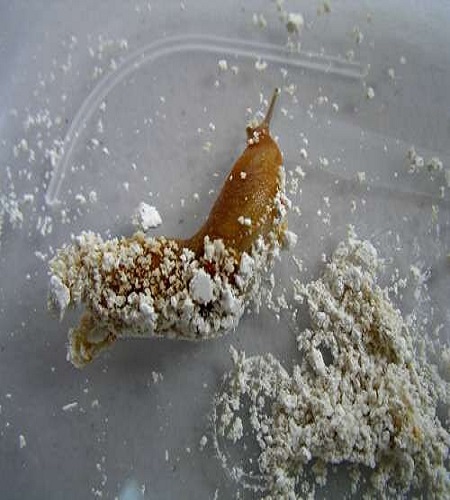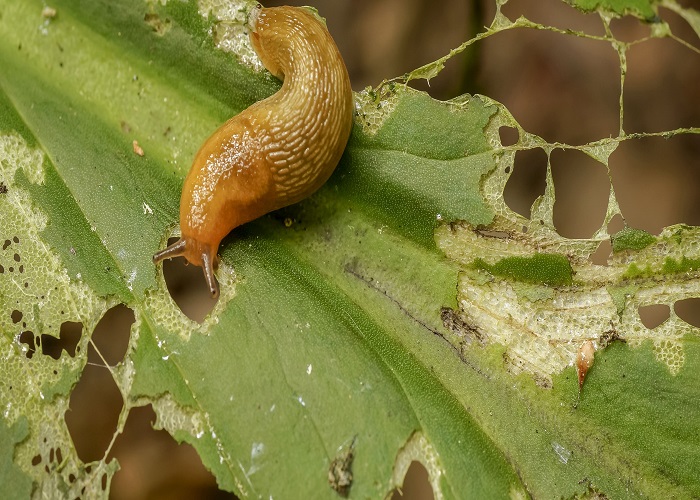Slugs have the potential to wreak havoc and inflict catastrophic harm to a wide variety of plants that are found in landscapes. They show no compassion in their voracious appetites, devouring anything from vulnerable young vegetable plants to annual flowers, perennial plants, and more.
The good news is that there are 5 easy natural therapies you may use to reduce their number and damage.
Hand Picking
It’s hard to believe, but this is one of the most effective ways to keep things under control. In fact, manual picking gets rid of bugs more often than not.
Sadly, too many people resort to using harsh pesticides instead of just removing a few bugs from their plants. Those sprays, however, frequently kill helpful insects as well as harmful ones, resulting in an overpopulation of other pests. This can lead to a serious problem with bugs!
Hand-picking slugs require checking plants late at night or early in the morning. The greatest times are when the sun is setting or rising.
Take a torch and a jar of soapy water to your flowerbeds and garden area. Make sure the leaves’ undersides and apexes are well-lit. When the slugs start to glow, you may easily remove them and kill them with soap and water.
Slug numbers and damage can be greatly reduced by using this easy method. You must, however, maintain checking every day until there is no indication of the slimy animals.
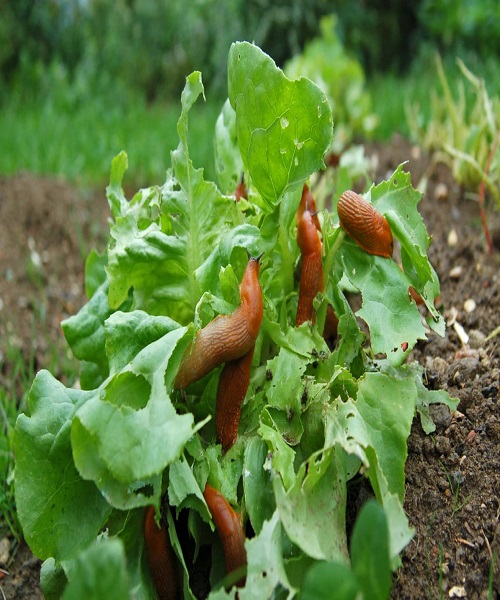
Copper Strips / Tape
Copper is an effective slug deterrent, but the exact mechanism through which it acts is still a mystery. It’s possible that the slugs’ slippery outer skin is what’s causing the copper toxicity.
However, for some reason, it works quite well at deterring slugs from eating your plants. It is very effective in keeping slugs at bay around new vegetable plants.
Copper collars around the base of plants are an effective way to keep pests away. Slugs can’t reach the base of the plants, thus they can’t get a lift to the top for dinner.
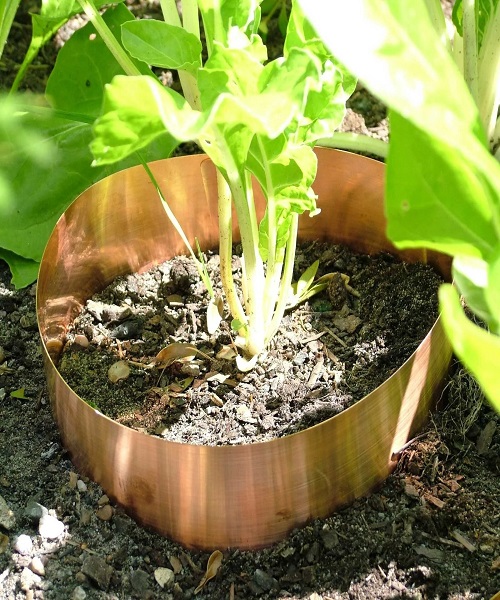
Coffee Grounds and Egg Shells
The used coffee grounds are an excellent resource for gardeners. The sharp corners of coffee grinds are lethal to the smooth skin of slugs and other slimy creatures. They find that the sharp edges are like crawling through razor wire when they attempt to crawl over the grounds.
The coffee grounds have a tremendous effect on plants, and they also have the added benefit of preventing slugs from moving forward in their destructive path. In addition to this, they serve as a natural fertilizer for plants, as they make available to them trace amounts of nitrogen and other nutrients.
Slugs might be stopped in their tracks by the sharp edges of ground coffee or egg shells that have been crushed. Crush a couple of the shells in your hand, and then sprinkle the crushed pieces over the plants’ root systems. Eggshells, much like used coffee grounds, will provide the soil with nutrients as they break down and become compost.
Using egg shells and coffee grounds in the garden is a terrific way to add organic matter to the soil. If you’d want more information, check out our article on using coffee grounds and egg shells in your garden.
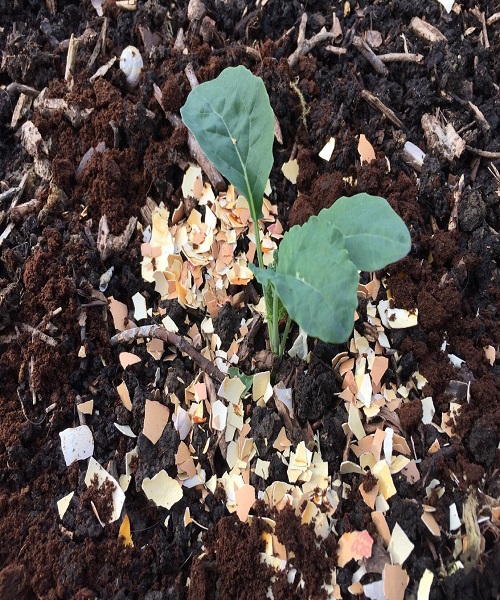
Melon Rind and Beer Traps
Melons are a favorite food for slugs because of their rinds. In addition, they enjoy a good brew, which can be employed as an excellent trap! A melon trap can be made by laying the rinds of the fruit along the garden’s perimeter at night.
Make sure to place them on their backs and lightly into the ground. You’ll have a slug party on the rind when you get back in the morning. This procedure does not kill the slugs, but it allows you to swiftly trap and dispose of vast numbers of them.
It is one of the most popular natural methods for slug control. Slugs, for whatever reason, have a strong preference for beer.
Beer traps are effective, but there are a few things that can be done to boost one’s chances of really catching their target. Make use of more compact containers of the flat form and fill them with beer until it reaches the halfway mark. Cans of tuna or small plastic food containers are good options for this purpose.
Slugs are drawn to the beer, and once they get close enough, they are able to crawl into the bowl and drown. Place traps close to the border of gardens to attract slugs away from the garden rather than drawing them in. Additionally, each evening makes sure there is fresh beer in the traps.
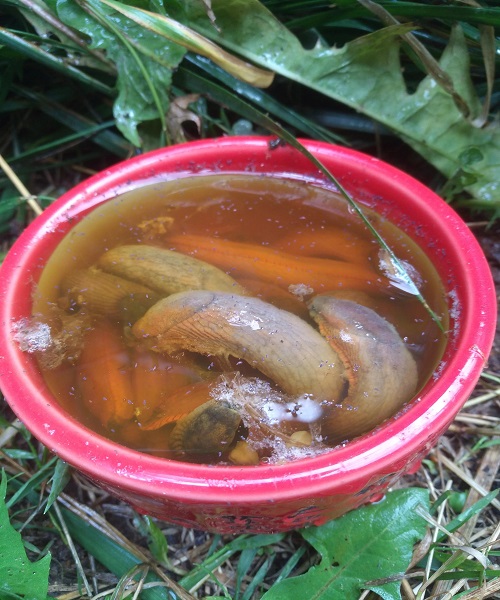
Diatomaceous Earth
The substance known as diatomaceous earth is very thin and resembles chalk in appearance. It is entirely natural. It is fabricated from the petrified remains of microscopic organisms that lived a very long time ago.
The powdery substance has microscopic razor-like edges, which penetrate the bodies of slugs and cause them to bleed. The slugs are rendered immobile because, as it cuts into their skin, it dries off their outer skin and stops them in their tracks.
To protect plants from being damaged by slugs, it can be sprinkled on, around, or even dusted directly onto the leaves of the plants. Because it is most effective in dry environments, diatomaceous earth should only be used when there is a small chance of precipitation.
Additionally, this should be used with extreme caution because it also has the potential to kill off other helpful insects. On the other hand, it might be the solution to your problem if you have a really serious infestation that needs to be brought under control.
